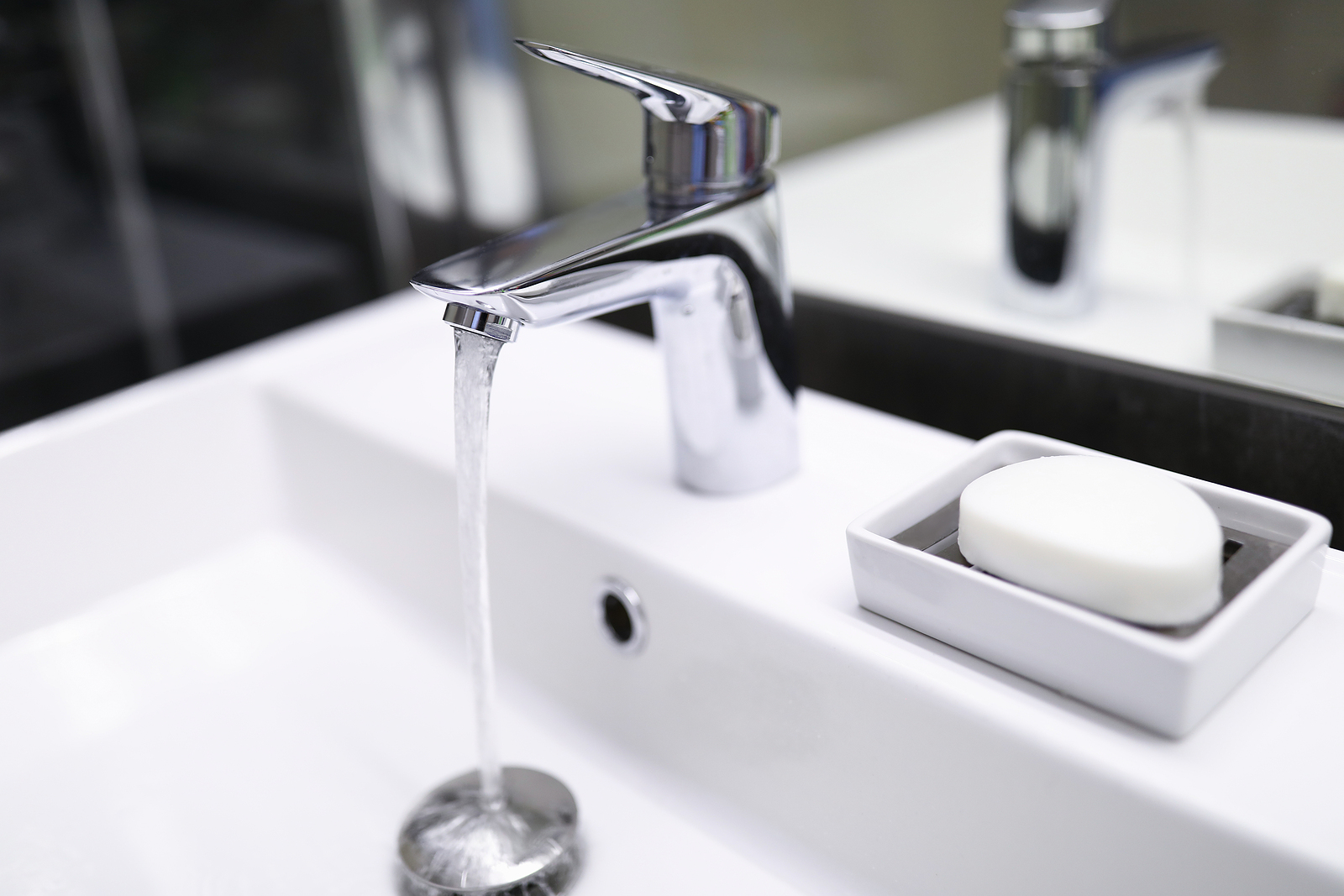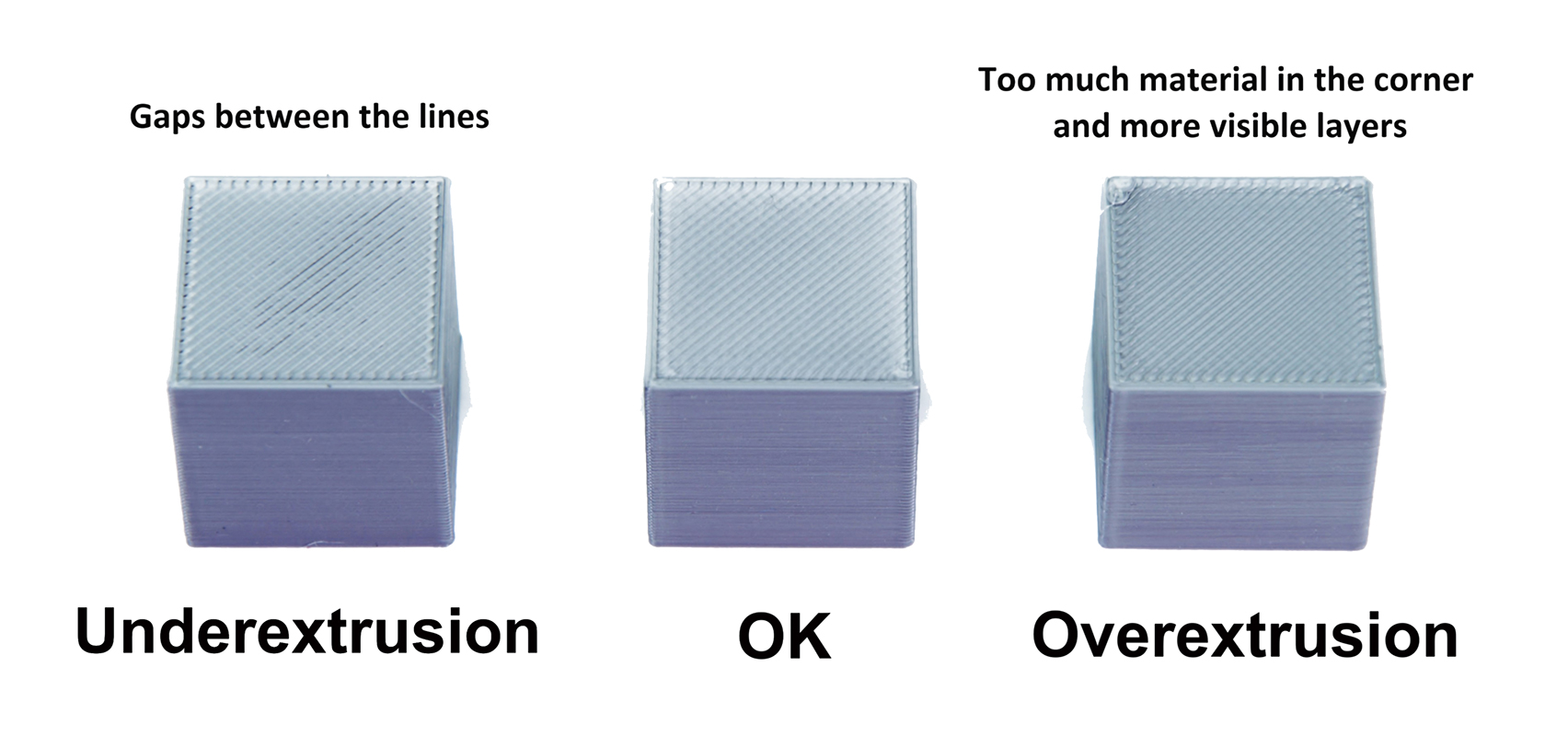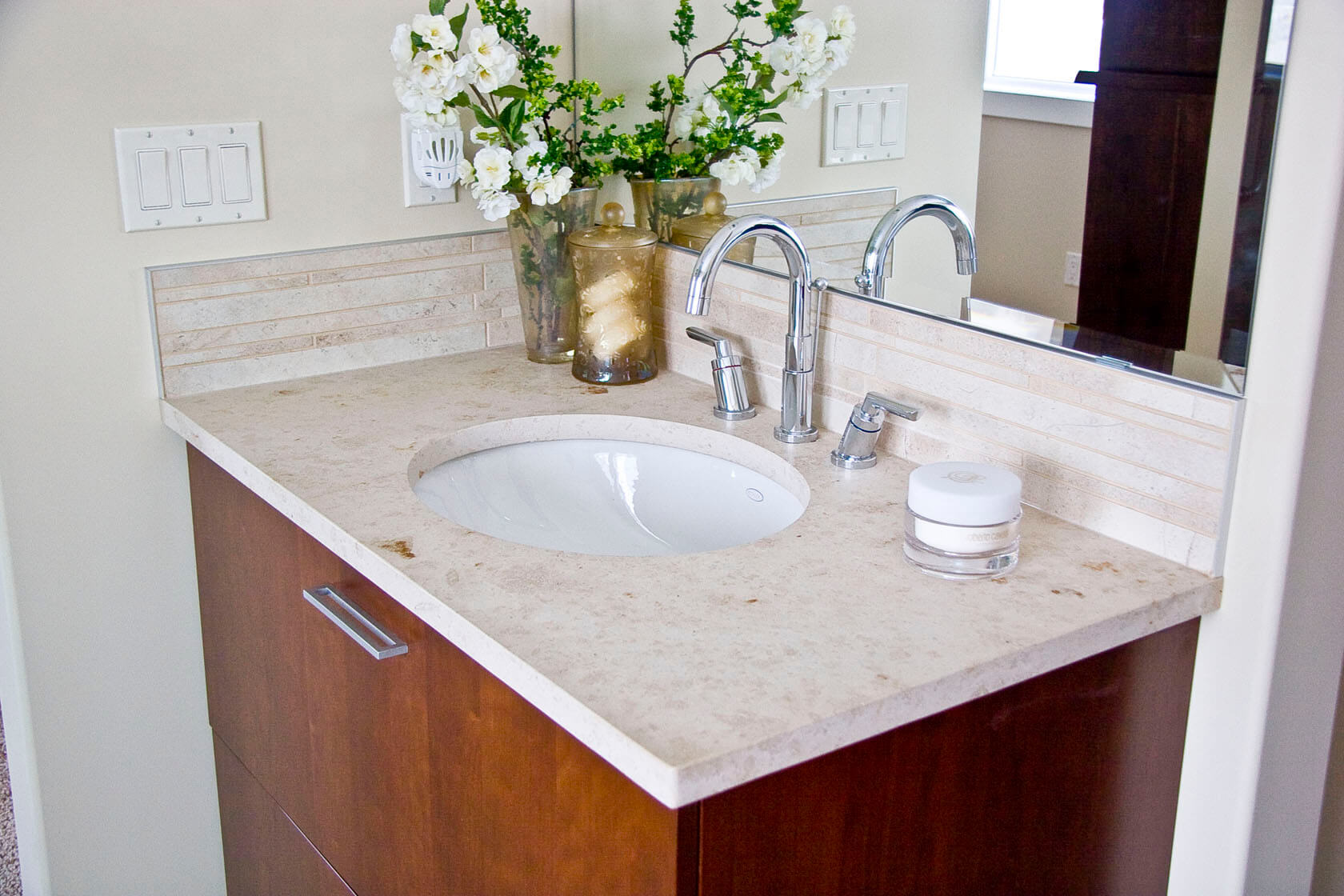When it comes to the functionality of a bathroom sink, the flow rate is an important factor to consider. The flow rate refers to the amount of water that comes out of the faucet in a given amount of time, usually measured in gallons per minute (GPM). It plays a major role in the overall performance and efficiency of your bathroom sink. Understanding the flow rate of a bathroom sink is essential in choosing the right faucet and maintaining a smooth water flow. In this article, we will discuss everything you need to know about the flow rate of a bathroom sink, from measuring to improving it. Flow rate of a bathroom sink
Measuring the flow rate of a bathroom sink is a simple process that can be done with just a few tools. First, you will need a container with a known volume, such as a measuring cup or a bucket, and a timer. Place the container under the faucet and turn the water on to the maximum flow. Start the timer and let the water fill the container for 60 seconds. After the time is up, stop the timer and measure the amount of water in the container. The flow rate can be calculated by dividing the amount of water in gallons by 60 seconds. It is important to note that the flow rate may vary depending on the water pressure in your home. For a more accurate measurement, you can repeat the process a few times and calculate the average flow rate. How to measure the flow rate of a bathroom sink
Now that you know how to measure the flow rate, let's understand how to calculate it. As mentioned earlier, the flow rate is measured in gallons per minute. To calculate it, simply divide the amount of water by the time in minutes. For example, if the container collected 2 gallons of water in 60 seconds, the flow rate would be 2 gallons per minute. The average flow rate of a bathroom sink is usually between 1.5 to 2.2 GPM, but it can vary depending on the faucet and the water pressure in your home. It is important to check the flow rate before purchasing a new faucet to ensure it meets your needs. Calculating the flow rate of a bathroom sink
There are several factors that can affect the flow rate of a bathroom sink. One of the main factors is the water pressure. If the water pressure in your home is low, it can result in a lower flow rate. Another factor is the design and type of faucet. Some faucets are designed to conserve water, which can result in a lower flow rate. Clogged aerators and pipes can also affect the flow rate. Over time, minerals and debris can build up in the aerator and pipes, restricting the water flow. Regular cleaning and maintenance can help improve the flow rate. Factors that affect the flow rate of a bathroom sink
If you have noticed a decrease in the flow rate of your bathroom sink, there are a few things you can do to improve it. One simple solution is to clean the aerator. Unscrew it from the faucet and soak it in a mixture of vinegar and water to remove any mineral deposits. If the water pressure in your home is low, consider installing a booster pump to increase the flow rate. You can also try replacing the faucet with a high flow rate model. Look for faucets with a GPM of 2.2 or higher for a stronger and faster water flow. However, keep in mind that a higher flow rate may also result in higher water consumption. Tips for improving the flow rate of a bathroom sink
Having a good understanding of the flow rate of a bathroom sink is important in maintaining a functional and efficient sink. It not only affects the water flow but also plays a role in water conservation and energy efficiency. By knowing how to measure, calculate, and improve the flow rate, you can ensure a smooth and consistent flow of water in your bathroom sink. Understanding the flow rate of a bathroom sink
Low flow rate in bathroom sinks can be frustrating and can also indicate underlying issues. Some of the common problems associated with low flow rate include clogged aerators, build-up of minerals and debris in pipes, and low water pressure. If your flow rate is significantly lower than the average, it is best to consult a professional plumber to identify and fix the problem. Common problems with low flow rate in bathroom sinks
When choosing a bathroom sink faucet, the flow rate is an important factor to consider. A high flow rate faucet can provide a stronger and faster water flow, making it more convenient for tasks like washing your hands or filling up a sink. Look for faucets with a GPM of 2.2 or higher for the best results. You can also opt for a faucet with adjustable flow settings to control the water flow according to your needs. Choosing a high flow rate bathroom sink faucet
If you are in the market for a new bathroom sink, it is important to compare the flow rates of different models. As mentioned earlier, the average flow rate of a bathroom sink is between 1.5 to 2.2 GPM, but it can vary depending on the faucet and water pressure. Look for models with higher flow rates if you prefer a stronger water flow. Comparing flow rates of different bathroom sink models
If you are not ready to invest in a new faucet, there are a few things you can do to increase the flow rate without replacing it. As mentioned earlier, cleaning the aerator and installing a booster pump can help improve the flow rate. You can also check for any clogs in the pipes and remove them to restore the water flow. Additionally, make sure the shut-off valves under the sink are fully open to allow for maximum water flow. In conclusion, the flow rate of a bathroom sink is an important aspect to consider for both functionality and efficiency. By understanding how to measure, calculate, and improve the flow rate, you can ensure a smooth and consistent water flow in your bathroom sink. Regular maintenance and choosing the right faucet can also help in maintaining a good flow rate. Remember, a higher flow rate does not always equal a better sink, so it is important to find the right balance for your needs. How to increase the flow rate of a bathroom sink without replacing the faucet
The Importance of Understanding the Flow Rate of Your Bathroom Sink

Why is the flow rate of a bathroom sink important?
 When designing a house, it's easy to get swept up in the aesthetic and overlook the practical aspects. However, one crucial element that often gets overlooked is the flow rate of the bathroom sink. The flow rate refers to the amount of water that comes out of the faucet per minute. It may not seem like a significant factor, but understanding the flow rate can have a significant impact on your daily life.
Water conservation
is becoming increasingly important in today's world, and being mindful of your bathroom sink's flow rate is one way to contribute to this effort. By knowing the flow rate, you can choose a faucet that is
water-efficient
, helping you conserve water and save money on your water bill. Additionally, a lower flow rate can also help prevent water wastage and reduce your environmental impact.
When designing a house, it's easy to get swept up in the aesthetic and overlook the practical aspects. However, one crucial element that often gets overlooked is the flow rate of the bathroom sink. The flow rate refers to the amount of water that comes out of the faucet per minute. It may not seem like a significant factor, but understanding the flow rate can have a significant impact on your daily life.
Water conservation
is becoming increasingly important in today's world, and being mindful of your bathroom sink's flow rate is one way to contribute to this effort. By knowing the flow rate, you can choose a faucet that is
water-efficient
, helping you conserve water and save money on your water bill. Additionally, a lower flow rate can also help prevent water wastage and reduce your environmental impact.
How does the flow rate affect your daily routine?
 The flow rate of your bathroom sink can greatly impact your daily routine. If you have a high flow rate, you may find yourself constantly adjusting the temperature of the water to avoid scalding or freezing your hands. On the other hand, a low flow rate can make it challenging to rinse off soap or toothpaste effectively, resulting in longer wash times. Knowing the flow rate of your sink can help you choose a faucet that provides the perfect balance between water pressure and flow, making your daily tasks more efficient and comfortable.
Design and functionality
go hand in hand when it comes to house design, and the flow rate of your bathroom sink is no exception. A faucet with a low flow rate can have a sleek and modern design, while a high flow rate may require a larger and more traditional faucet. Understanding the flow rate can also help you determine the best placement for your sink, taking into account the optimal distance between the faucet and the edge of the sink for comfortable use.
The flow rate of your bathroom sink can greatly impact your daily routine. If you have a high flow rate, you may find yourself constantly adjusting the temperature of the water to avoid scalding or freezing your hands. On the other hand, a low flow rate can make it challenging to rinse off soap or toothpaste effectively, resulting in longer wash times. Knowing the flow rate of your sink can help you choose a faucet that provides the perfect balance between water pressure and flow, making your daily tasks more efficient and comfortable.
Design and functionality
go hand in hand when it comes to house design, and the flow rate of your bathroom sink is no exception. A faucet with a low flow rate can have a sleek and modern design, while a high flow rate may require a larger and more traditional faucet. Understanding the flow rate can also help you determine the best placement for your sink, taking into account the optimal distance between the faucet and the edge of the sink for comfortable use.
How to determine the flow rate of your bathroom sink?
:max_bytes(150000):strip_icc()/increase-low-shower-pressure-4052359_FINAL_01-6ece340f72f74bf9ae59e4192b03c0bc.png) Measuring the flow rate
of your bathroom sink is a simple process. All you need is a measuring cup and a stopwatch. Place the measuring cup under the faucet and turn on the water to the usual level you use for daily tasks. Use the stopwatch to time how long it takes to fill the measuring cup to the desired amount, usually one or two cups. Divide the amount of water by the time it took to fill, and you'll have your flow rate in gallons per minute (GPM).
In conclusion, the flow rate of your bathroom sink may not be the first thing that comes to mind when designing a house, but it is a crucial factor that should not be overlooked. By understanding the flow rate, you can make informed decisions when choosing a faucet that not only complements your design aesthetic but also enhances your daily routine and contributes to water conservation efforts. So next time you're designing a bathroom, remember to consider the flow rate of your sink for a more efficient and sustainable home.
Measuring the flow rate
of your bathroom sink is a simple process. All you need is a measuring cup and a stopwatch. Place the measuring cup under the faucet and turn on the water to the usual level you use for daily tasks. Use the stopwatch to time how long it takes to fill the measuring cup to the desired amount, usually one or two cups. Divide the amount of water by the time it took to fill, and you'll have your flow rate in gallons per minute (GPM).
In conclusion, the flow rate of your bathroom sink may not be the first thing that comes to mind when designing a house, but it is a crucial factor that should not be overlooked. By understanding the flow rate, you can make informed decisions when choosing a faucet that not only complements your design aesthetic but also enhances your daily routine and contributes to water conservation efforts. So next time you're designing a bathroom, remember to consider the flow rate of your sink for a more efficient and sustainable home.


























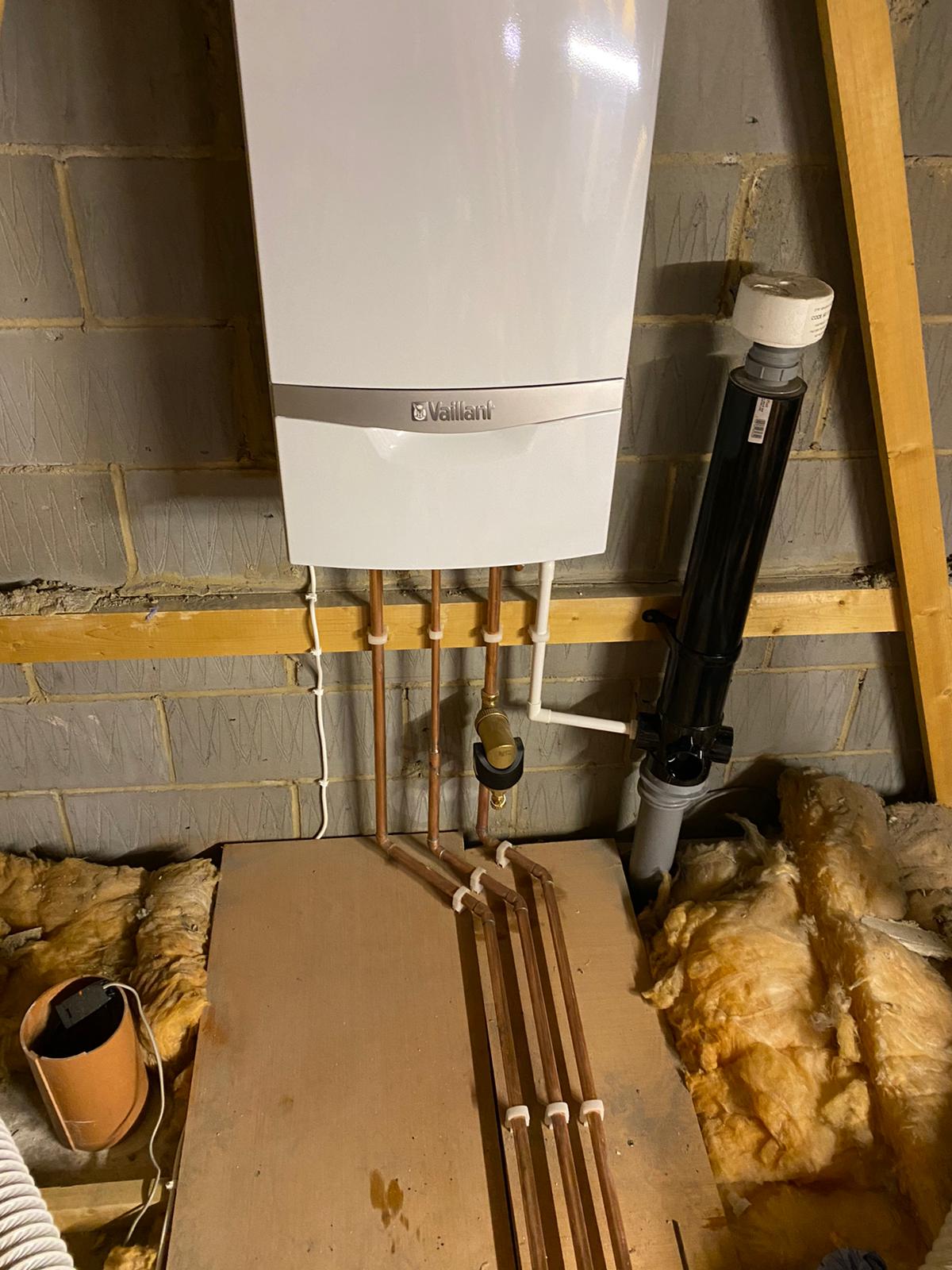











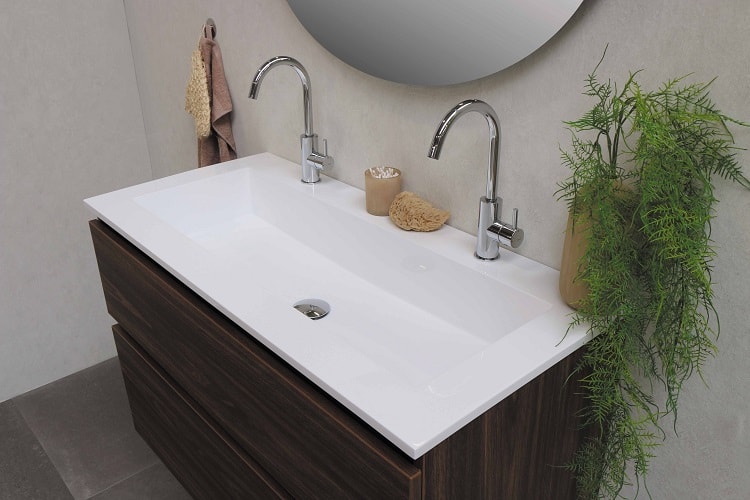






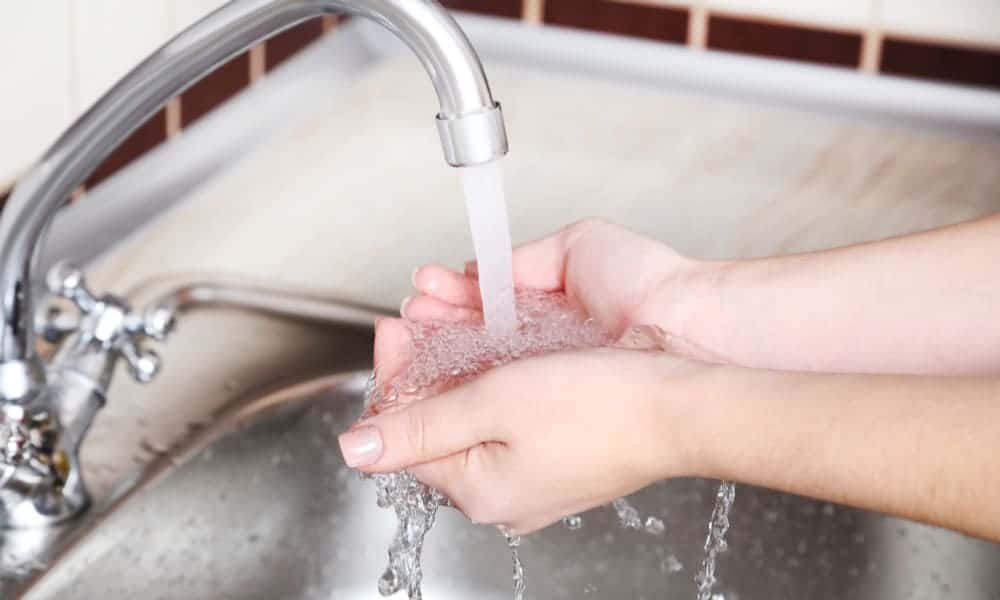


:max_bytes(150000):strip_icc()/74174828-56a4a2903df78cf772835c32.jpg)



